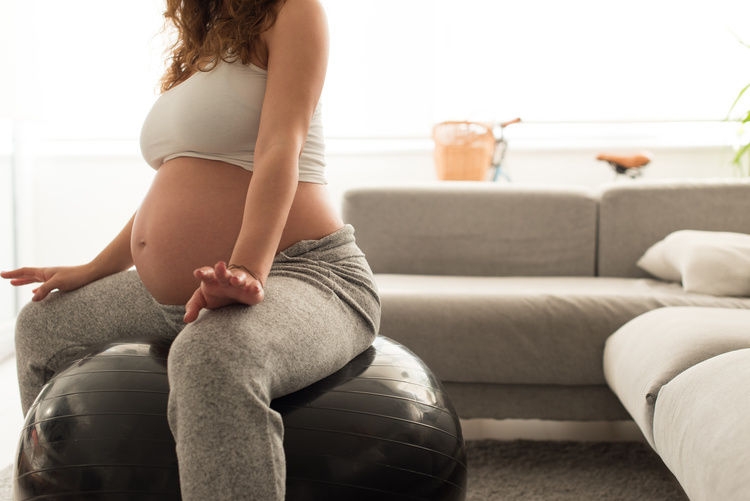Did you know labour can technically start weeks before you need to get to the hospital? Don’t worry – this whole time isn’t like the final stage of labour when you’re pushing. So, how do you know when labour has started?
Labour happens in three stages. Within the first stage, there are three phases:
Latent phase: The cervix thins out and dilates up to three centimetres. This can take hours, days or even weeks. This phase is generally not too painful, but you may experience contractions. These contractions could be uncomfortable, or you might not notice them.
Active phase: The cervix dilates from three centimetres to seven or eight during this phase. Contractions will grow stronger and will likely begin to get painful. Contractions will be occurring roughly three to five minutes apart in this phase.
Transition phase: Cervix dilates to ten centimetres, which is ‘fully dilated’. Contractions get closer together and are more painful than before. At this point, the baby’s head can push against the rectum so you may feel the need to release your bowels.
Once your cervix is ten centimetres dilated, you will enter the second stage of labour which involves pushing and the birthing of your baby.
How do I know when the first stage of labour has begun?
Early signs of labour can include:
- Backache. Movements in your uterus can pull on pelvic muscles and create lower back pain.
- Diarrhoea. Your body may instinctively try to create as much room as possible for the baby.
- Contractions.
- Period-like cramps.
- Waters breaking. You can tell your water has broken if:
- You experience a sudden gushing of fluid from the vagina
- Fluid trickles from the vagina but quickly soaks through a pad
- Fluid is clear, slightly pink or a pale straw-like colour
- The fluid does not smell like urine
- The ‘show’. A show is the cervical mucus plug ‘dropping’. A show looks different to most usual vaginal discharge – it is sticky and jelly-like, and generally pink in colour or slightly bloody. The show may be one blob or several small chunks. Not every woman has a show.
- Your nesting instinct kicks it up a notch. You may feel the urge to clean or tidy the home before the baby arrives. Do your best to keep resting instead.
- ‘Lightening’. As your baby’s head gets closer down toward the cervix, you may be able to breathe easier now the pressure is off your ribs and lungs, but you will probably need to urinate more often.
What should I do if I think the first stage of labour has started?
- Monitor your contractions. When they are about five minutes apart or occurring at regular and painful intervals, it is time to get to the place you intend to give birth or call your midwife if you haven’t already.
- Try breathing exercises and relaxation techniques to cope with contractions.
- Move about if you feel like it.
- You can still snack in the latent phase of labour, though you may not have an appetite. A healthy snack could be a good idea because you’re about to expend a lot of energy.
- Keep your fluids up.
- Try to get some rest if you can manage.
The first stage of labour means it’s all finally happening! After around nine months of pregnancy, you’re about to become a parent to a real little human out in the world – congratulations. Your body is capable of amazing things, and while it is natural to feel confronted by labour, you and your birth team are capable of bringing the baby safely into the world.



